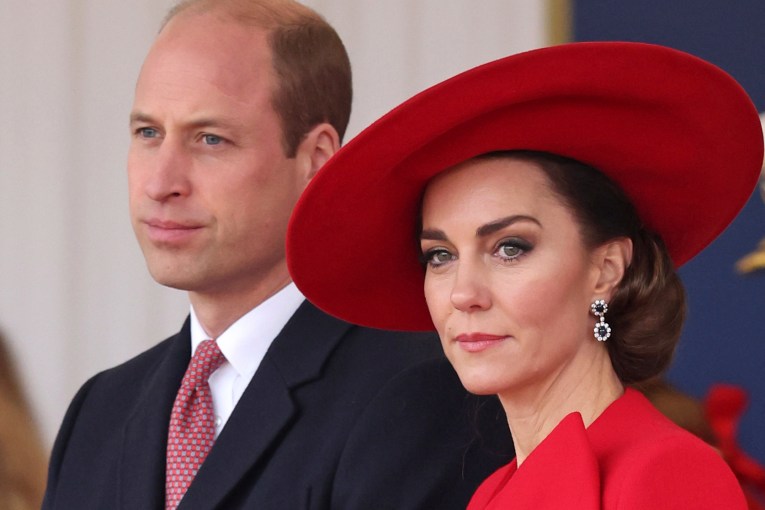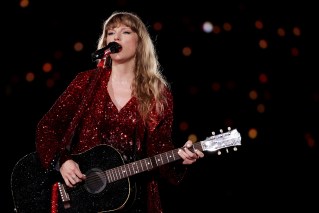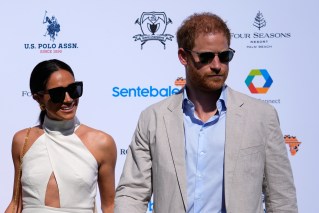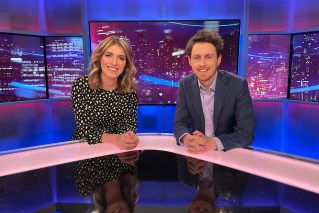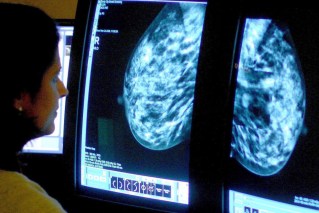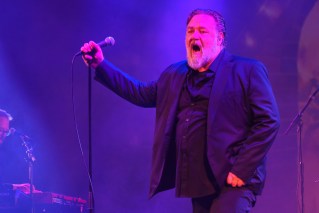Yes or No: Here’s what you need to know before voting on the Voice

Source: TND
Referendum day is here.
More than a year since Prime Minister Anthony Albanese used his election-night victory speech to promise the establishment of the Voice, and after months of divisive campaigning on both sides of the issue, Australians will finally get to have their say.
Here’s what you need to know before walking into a voting booth.
What is being voted on?
This is the question Australians will be asked to answer at the polls:
A Proposed Law: to alter the Constitution to recognise the First Peoples of Australia by establishing an Aboriginal and Torres Strait Islander Voice. Do you approve this proposed alteration?
Voting yes means you agree the government should add a new chapter, ‘Recognition of Aboriginal and Torres Strait Islander Peoples’, to the Constitution.
The proposed chapter would read:
In recognition of Aboriginal and Torres Strait Islander peoples as the First Peoples of Australia:
- there shall be a body, to be called the Aboriginal and Torres Strait Islander Voice;
- the Aboriginal and Torres Strait Islander Voice may make representations to the Parliament and the Executive Government of the Commonwealth on matters relating to Aboriginal and Torres Strait Islander peoples;
- the Parliament shall, subject to this Constitution, have power to make laws with respect to matters relating to the Aboriginal and Torres Strait Islander Voice, including its composition, functions, powers and procedures.
The Australian Constitution establishes the key institutions of government and sets out how Australia is governed.
It can only be changed through a referendum: There have been 44 referendums since the Constitution took effect in 1901, and only eight have been successful.
What answers can be given?
The voting instructions are simple: You must write, in English, either ‘Yes’ or ‘No’ in the box provided on the ballot paper.
What is the Voice?
The Voice would be an advisory body consisting of Aboriginal and Torres Strait Islanders, with representatives from every state and territory, the regions, remote communities, and the Torres Strait Islands.
The committee would advise parliament and government on matters affecting Indigenous communities; this is consistent with the UN Declaration on the Rights of Indigenous Peoples, which says Indigenous peoples have a right to participate in government decision-making in matters which affect their rights, through their own political institutions.
Indigenous Australians Minister Linda Burney has said the Voice will be asked to prioritise focus on health, education, jobs and housing, particularly considering disparities between Indigenous and non-Indigenous outcomes.
The committee will not have the power to force the government to make changes, nor will it be able to veto any action.

Prime Minister Anthony Albanese has made the Voice one of his main priorities. Photo: Getty
What does the Yes campaign say?
“Yes means a better future for Indigenous Australians,” Albanese tweeted on Friday.
“No means nothing changes.”
Yes campaign co-chair Rachel Perkins told Triple J Hack she’s been surprised by the amount of misinformation that has spread ahead of the referendum, and is “deeply worried” the outcome will be a No.
“But I think it can be won and I think Australians, particularly young Australians, have a sense of justice and I don’t think they’re scared,” she said.
While the No campaign has continuously accused the Voice of creating a divide in Australia, Treasurer Jim Chalmers told ABC Pilbara Breakfast on Friday that prominent figures of the No campaign – including Peter Dutton and Clive Palmer – have fostered a divide by “peddling misinformation”.
“This is a generational opportunity for us to do the right thing, to listen better and to get better outcomes for the billions of dollars that we invest in closing the gap,” Chalmers said.
What does the No campaign say?
Opposition leader Peter Dutton said Albanese made a “catastrophic mistake in not providing the details [of the Voice] to Australians”.
“He’s instinctively won their hearts because Australians do want better outcomes for Indigenous Australians, but he hasn’t won their minds,” he said.
Shadow Minister for Indigenous Australians Jacinta Nampijinpa
Price told Sky News many voters in the community of her hometown, Alice Springs, were “fearful” of publicly supporting the No campaign.
“I don’t believe we should be divided along the lines of race in our country,” she said.
Deputy Liberal leader Sussan Ley told Sky News that she is voting ‘No’, but Australia will face negative consequences whichever way the referendum goes.
“It’s a lose-lose whatever the result is on Saturday,” she said.
“It will be bad, divisive and unhappy for Australians the next day, so we do need to bring the country together.”
Who has to vote?
Australians enrolled to vote must cast a vote in this referendum.
This applies to more than 17 million people who are already on the electoral roll.
People who do not vote will not only miss out on having their opinion heard, but will also receive a non-voter notice and may be fined.
Where will voting be held?
There will be more than 7000 polling places open across the country from 8am to 6pm local time on Saturday, October 14.
If you were not eligible, or did not complete postal voting or early voting ahead of this date, the Australian Electoral Commission (AEC) has created an online tool which will help find the polling place closest to you.

Peter Dutton has said the referendum on the Indigenous Voice should have been called off.
Does it matter what you wear?
Campaigning is not allowed inside a polling place, or within 6m of the entrance.
This means you are free to wear a pin, shirt or hat with a campaign slogan into the polling place, but the AEC says if you are seen talking about the material or gesturing to it “a problem could arise”.
The AEC has advised voters to avoid wearing campaign material into a polling place, or to bring along something to cover up in the polling place, to avoid any issues.
When will votes be counted?
All votes cast on Saturday will be counted the same night, as will the majority of pre-poll votes.
A small number of postal votes will also be counted on the night, but how many depends on how many the AEC has received by then.
How many votes are required for the Voice to pass?
A ‘double majority’ is required for the Yes campaign to succeed.
This means both a national majority of voters from all states and territories and a majority of voters in at least four of the six states will need to vote ‘Yes’ for the Voice to pass.
As of Friday morning, about four million people have voted at early voting centres, about two million have applied for a postal vote (applications are now closed), and about 125,000 have voted via an AEC mobile polling team.
When will the result be announced?
There is not yet a date announced for when the AEC will deliver the final verdict, but there won’t be a formal declaration of the result on Saturday night even if preliminary numbers point to a result.
The AEC never officially declares results of a federal election or referendum on the night because each ballot paper must be counted more than once via a process called ‘fresh scrutiny’ which occurs in the days following the referendum.
Each aspect of the double majority has to be mathematically certain before the result of the referendum can be announced.
